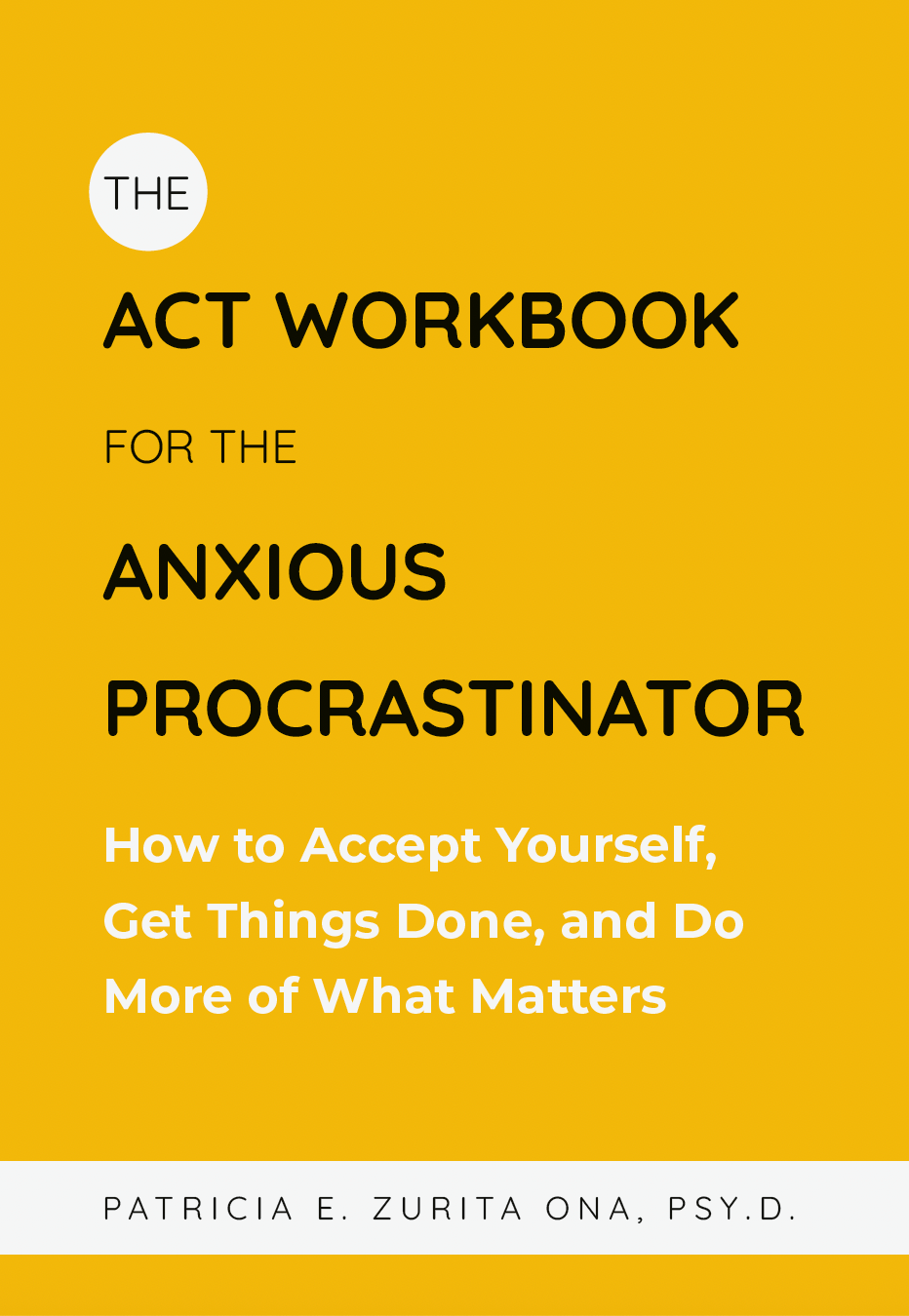
The pursuer-distancer Dance
When couples argue it’s common for each partner to find ways to cope with their conflict. Some partners pursue and some distance themselves from the conflict. This cycle, pursuer-distancer can become problematic and strain relationships. Let’s take a look at it.
The pursuer-distancer pattern is one of the most common patterns in how couples handle interpersonal conflict or the problems that arise between them.
When stressed with problems, pursuers seek closeness and share their emotions with intensity and a sense of urgency. They become increasingly dissatisfied with their relationships when they have made multiple failed attempts to get close to their partner and their partner doesn’t open up.
Distancers, on the other hand, tend to retrieve from the conflict, as if they’re avoiding it, they rather not spend time with the other partner, and prefer not to talk about their conflict; they may or may not seek alone time when stressed by the conflict.
Problems between pursuers and distancers arise because they’re unaware of the pattern and reinforce each others’ coping style and the cycle they’re developing together, causing the relationship to lose momentum and even end it. Pursuers continually ask for closeness, sometimes nagging, with an intensity that makes distancers want to seek alone time. When distancers seek too much distance it can make pursuers more anxious and increase their attempts to get close, which only makes them seek more alone time.
Over time, if the cycle continues, both pursuers and distancers feel disconnected from each other, and lose intimacy, as if they have become an island co-existing together. Pursuers think of distancers as “cold and unavailable,” and distancers think of pursuers as “nagging, demanding, and dependent.” The pursuer may ask “Why don’t you share?” and the distancer may say, “Why do you need to talk so much?”
A common argument between a pursuer and a distancer, wife and husband respectively, can begin with the husband keeping his feelings to himself. The wife will often feel left out and begin to ask her husband to share his feelings. The husband, feeling uncomfortable about doing this, will spend more time alone surfing the internet or watching television. This makes his wife more anxious and she will keep asking him to tell her what’s wrong or what he’s thinking which makes him feel pressured and he will spend even more time surfing the net or watching television. This pattern can reach a critical point when the wife thinks asking is hopeless and she stops talking.
Pursuers and distancers can help their relationships by becoming aware of how they cope with interpersonal conflict and unmet emotional needs. Recognizing your coping style and learning new ways to seek intimacy can increase the closeness you’re looking for.
Additional reading:






